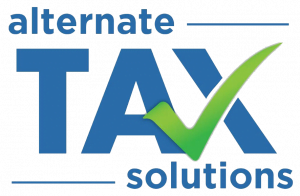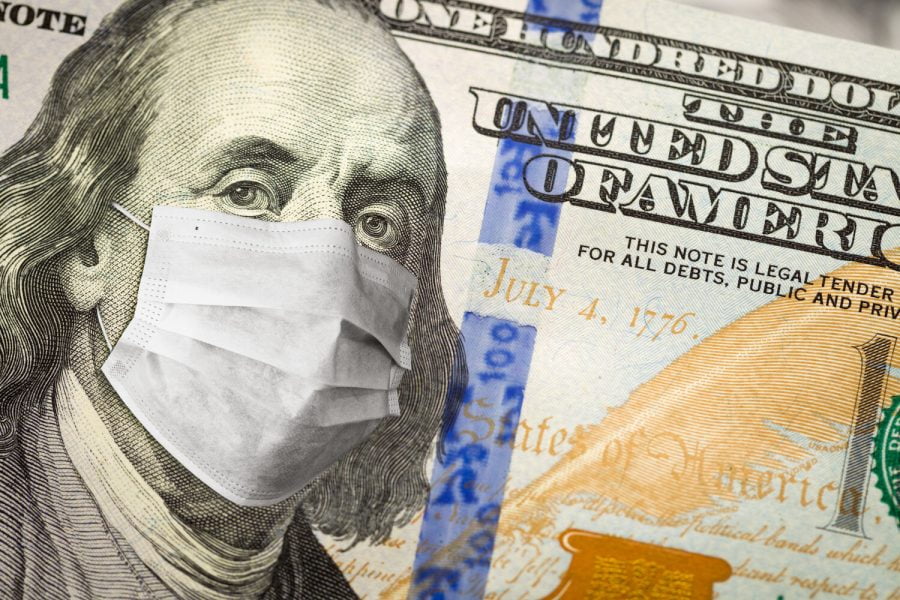Strategies to Offset PPP Tax Implications
The CARES Act passed by Congress provided immediate financial relief for businesses hit hard by the direct effect of the COVID-19 economic shutdown. However, while the paycheck protection program (PPP) and Emergency Injury Disaster Loan (EIDL) funds may have provided a much-needed shot in the arm, businesses need to brace for the tax implications that these funds currently carry.
One of the big questions asked during the creation of the CARES Act was whether or not funds received from the package would need to be included as taxable income. The act provides that any revenue received from any of the SBA programs that obtains approval for loan forgiveness is tax exempt. However, the IRS subsequently released Notice 2020-32 stating that any expenses paid using PPP funds shall not be deducted.
Put simply, if you used your PPP revenue to pay items such a payroll, rent, and interest that are normally listed as deductions, and you are applying for or have received loan forgiveness, your business must reduce its deductions by the amount of the loan. Likewise, any money received through an EIDL advance will most likely need to be treated as income. This will result in an increase in taxable income.
Thus, we find the current catch-22 of this loan money. An influx of money in 2020 will result in a bill due to Uncle Sam come 2021. While Congress is currently disputing whether or not to accept or reject the IRS’s ruling, there are strategies businesses can use to prepare to offset an unexpected increase in tax liability.
R&D Tax Credit
If your business performs trial and error to develop or improve products and processes or provides qualified services under contract, you can use the R&D Tax Credit as a dollar-for-dollar offset of tax liability. This credit is available for the current year, as well as the prior three open tax years, and is claimed by filing Form 6765 with your federal return. Many states also have R&D Credits that can be helpful in wiping out additional taxes owed at the state level.
Cost Segregation
The tax code allows building owners to accelerate the depreciable life of their asset. The Modified Accelerated Cost Recovery System (MACRS) allows various components of a building to be accelerated from 39-year life to 5, 7 or 15 year. This results in a higher depreciation line item expense, which reduces net income. Reducing net income lowers your tax bill.
Section 179D
The 179D commercial buildings energy-efficiency tax deduction provides a tax deduction of up to $1.80 per square foot for implementation of energy efficient, lighting, HVAC, and building shell components. Beneficiaries of this deduction include business owners, tenants making building improvements, and architects or engineers working on government or non-profit buildings. A 179D deduction cannot offset the reduction in expenses required for forgiven PPP or EIDL loans.
All of these strategies are available to taxpayers as long as the specific rules and guidelines governing each item are followed. For R&D Tax Credits, companies should use tax professionals with expertise in this area of the tax code to calculate qualifying expenses and complete Form 6765. Expertise in construction and engineering is needed to identify which components of a building can be accelerated for Cost Segregation purposes and how much energy efficiency has been achieved for 179D deduction purposes. Companies like Alternate Tax Solutions specialize in applying the rules of the tax code toward each individual business.
If you anticipate a higher tax bill due to receipt of CARES Act-related funds, please contact the staff at Alternate Tax Solutions. Our tax and industry professionals can provide a free assessment to determine whether or not these strategies can be applied, as well as the estimated amount of the benefit.





